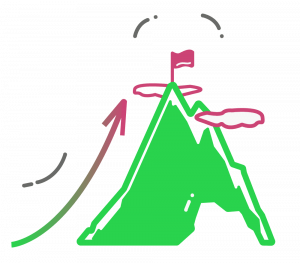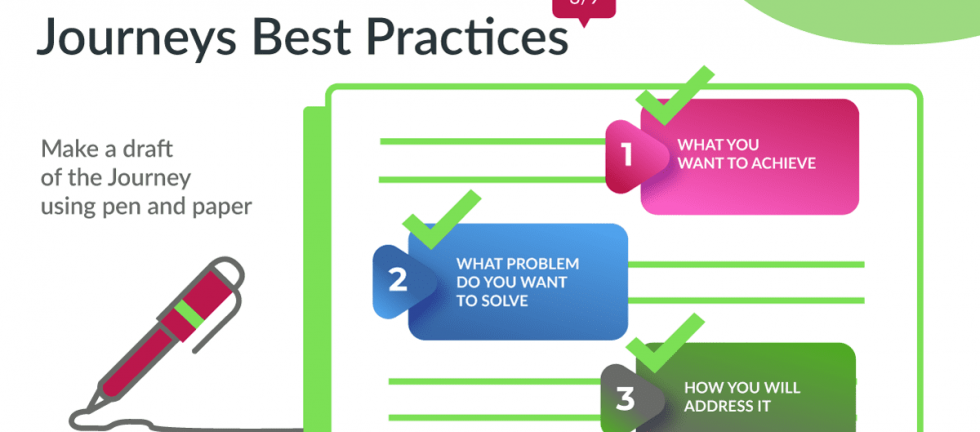Written by Natalia Kawana
Newired Journeys in a Nutshell
Newired Journeys is one of the products offered by Newired to help end users of software and applications better use and understand these digital resources. Journeys are, in a few words, guidelines which appear to end users in a sequence, normally consisting of several steps, which typically lead them to complete a task.
In this article, the third one in our series of articles for Journeys, we will explain how to actually start creating your Journeys. Now that we know what Journeys are and which process we should bear in mind while creating them, let’s get our hands dirty with 3 super tips.
But before you get started…Get a piece of paper and a pen ready! Yes, you heard it right. It may sound old fashioned, but it helps you get a picture of everything before you start working on it.
If you are not a huge fan of the good and old paper, you can try making online mind maps, for example.
Step 1: Plan ahead and know what you want to accomplish
As obvious as it may sound, you can only have a successful journey if you know where you would like to get. Roaming around randomly will not make you decide what your destination is. Similarly, if you don’t know what your users should accomplish when following a Journey, they will get lost on the way (together with you!).
After you have this information, you can plan the best route to get there – or better, to take your user there.
Need an example? You can have Journeys which will make the user complete basic operations, like logging in and out. Journeys to make users complete a form, create new projects… The possibilities are endless.
Step 2: What problem are you trying to solve?
If software were all self-explanatory and intuitive, you’d never have thought of making Journeys for your users in the first place. There is always room for improvement, and with Journeys you can address many kinds of problems.
You can…
- Fix usability problems. If for some reason, your base software is not that great and your users are getting lost, Journeys can take them to the right place.
- Make your software accessible to anyone. People who are not used to digital solutions can still perform tasks on the application if you guide them along the way.
- Address practical problems such as constant support requests by users. Is your support or customer care department getting too many calls or emails about a specific software? Find out what these users need help with and create Journeys to address these problems. You’ll also have a bonus side effect: your support department will be less overwhelmed and your users, more self-reliable.
Step 3: How will you address the problem?
What actions can make your user achieve the goal established for that Journey? How can your Journey be a clear answer to the problems identified?
If the problem is that your user doesn’t know how to complete a task, you can tell them what to do clearly, with a Journey, step by step. Click here, fill in the form there, submit…
The problem might be that your user doesn’t want to check PDFs or written materials to find instructions. Using a Journey will address this by offering in-app contextual support.
There are many possible problems… but equally, many possible solutions.

Plan ahead and your Journey will be successful!
This article was written by Natalia Kawana, our Customer Engagement Manager. It is the third article in a series of 9 articles dedicated to Journeys.
Make sure you don’t miss any article in the series by registering here!
Error: Contact form not found.
[/popup]Would you like to test Newired?
If you wish, we can also show you how to create Journeys on a live demo.


